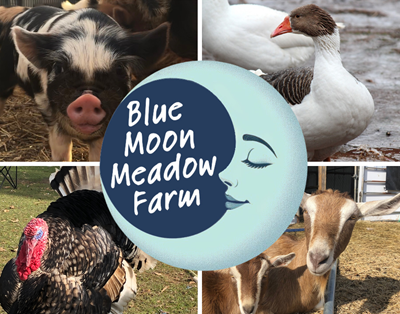 On February 26th 2025 the USDA issued a press release outlining the new administration’s approach to avian flu (read it here.) This up to $1 billion plan includes providing government assessors to determing wildlife contact risks (wildlife being the primary carrier of avian flu) and funding to correct issues as well as develop vaccines against avian flu for poultry and therapeutics that would minimize depopulation.
On February 26th 2025 the USDA issued a press release outlining the new administration’s approach to avian flu (read it here.) This up to $1 billion plan includes providing government assessors to determing wildlife contact risks (wildlife being the primary carrier of avian flu) and funding to correct issues as well as develop vaccines against avian flu for poultry and therapeutics that would minimize depopulation.
The therapeutics angle likely comes from Joel Salatin, an advisor to USDA Secretary Brooke Rollins. Salatin is well known for his promotion of pasture rearing animals and a more “back to nature” approach to agriculture. He has stated a belief that depopulating entire poultry houses when avian flu is discovered can actually be detrimental to control of the disease, as it also means depopulating birds who have developed an immunity to the virus.
Personally, I agree in theory with Salatin, but this approach is probably better for someone who farms on Salatin’s scale and style (he doesn’t raise the number of birds an average confinement egg layer operation does, nor in the high density populations these operations do.) According to a 2023 report released by APHIS, 95% of the egg market is supplied by operations that have at least 75,000 birds at one given time, and the 5 top egg producing companies hold 50% of the laying birds that adds up to a staggering 99 MILLION birds JUST between these five companies.
So, let’s say an egg producer has an avian flu diagnosis in one of their houses (which can hold 50,000 or more hens.) How much would testing every bird cost? How long would it take for the virus to wipe out the susceptible birds? How much feed would the birds eat, producing eggs that can’t be sold either because they could carry the avian flu virus or because the birds are receiving a therapeutic substance to combat the virus? Will the surviving birds continue producing at their pre-flu levels? Every day these operations have to feed birds that aren’t producing a marketable product is money out of their pocket. My guess is, it would actually be cheaper to depopulate all the birds and start over.
This might work better in commercial breeding operations, where the birds that end up in the confinement houses come from. It’s my theory that the breeders are in a much better position to test breeding stock rather than entirely depopulate, as they are the ones creating future generations of hopefully immune birds. In the long run, this approach might well make the national egg supply more avian flu resistant, but I don’t see it helping much in the short term.
